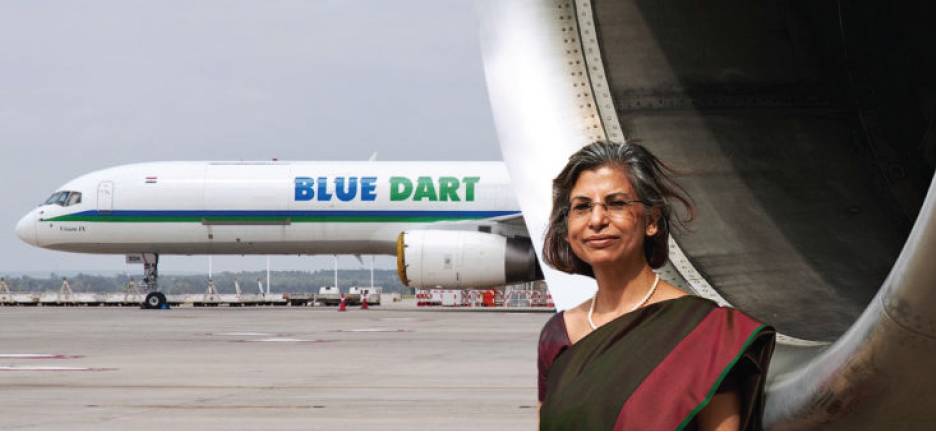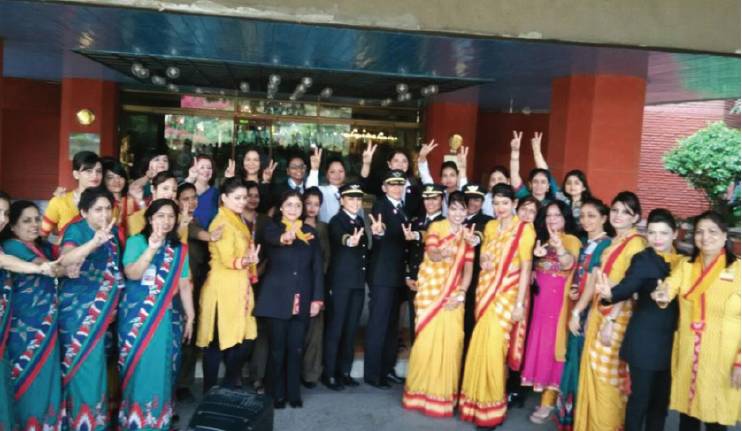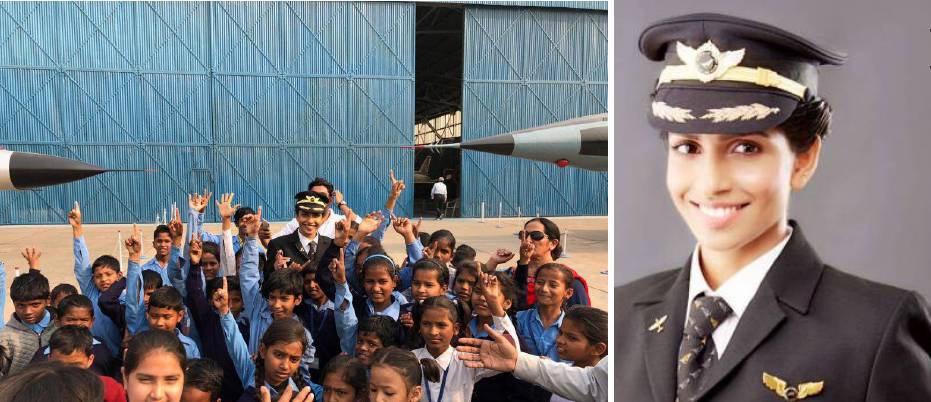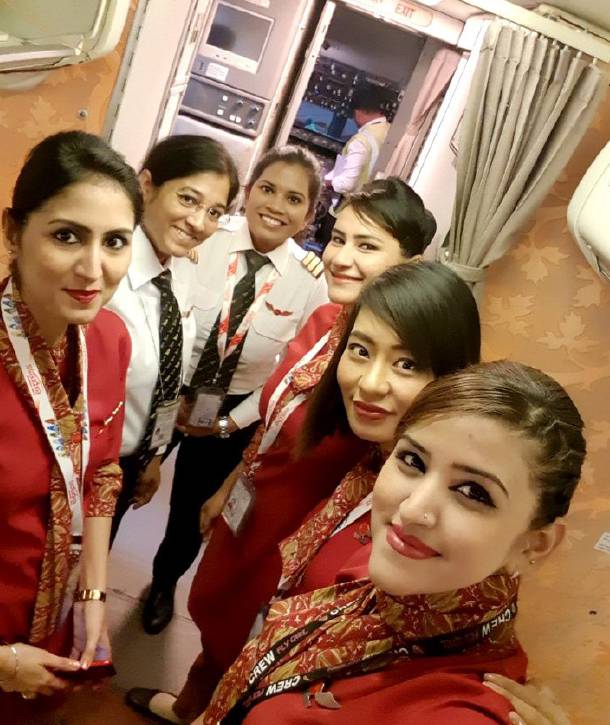AIR TRANSPORT Women in aviation
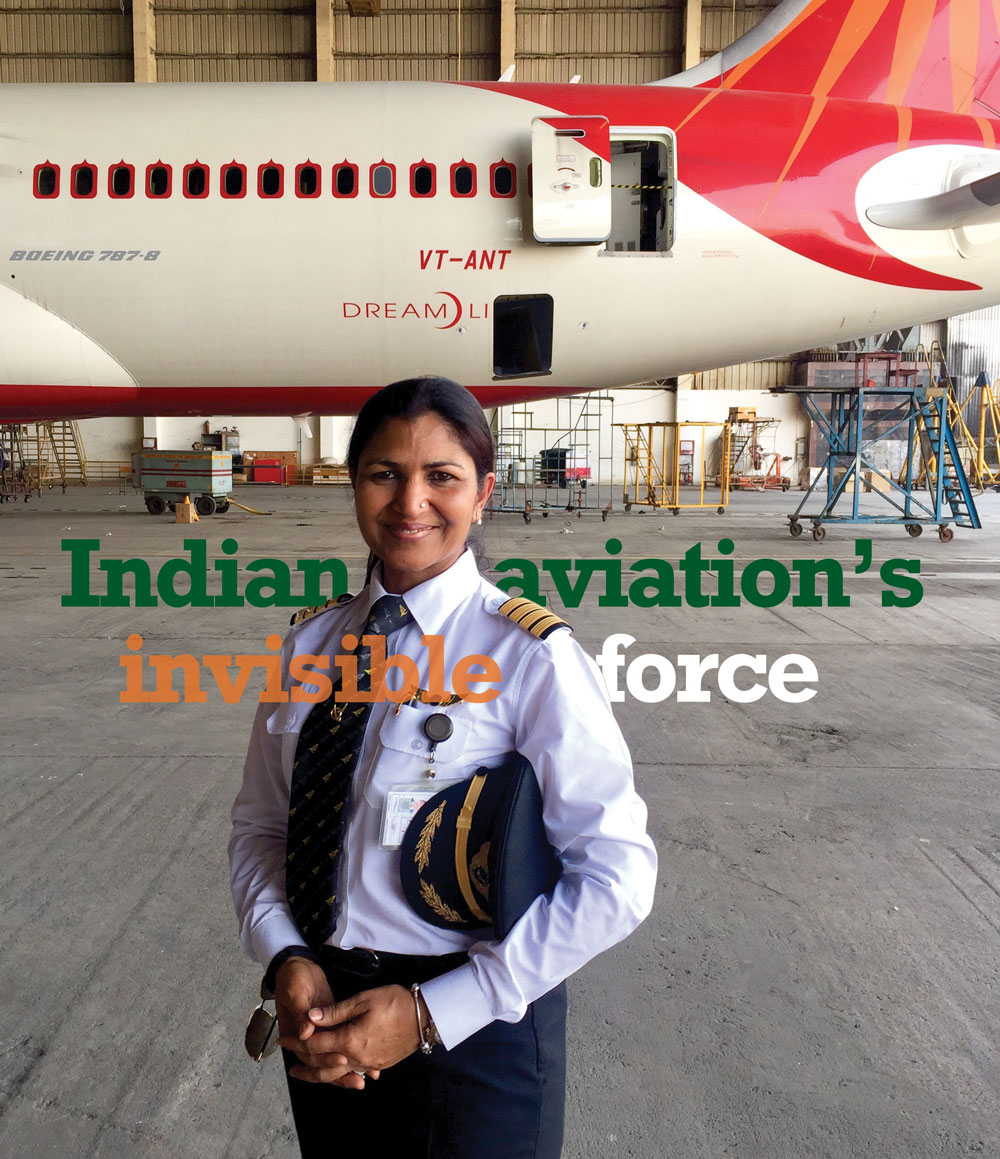
Why does India lead the world in equality on the flightdeck – with the highest percentage of female commercial pilots? NEELAM MATHEWS explains how women are getting their wings.
Mention the words ‘woman aviator’ and the name of Amelia Earhart generally pops up the world over. Not so much in India, which has seen its share of women pilots in the 1930s, with the likes of Sarla Thakral, the first Indian woman to fly in 1936, as she was engulfed by six yards of her sari in the cockpit of a Gypsy Moth.
But closed mindsets and ‘It’s a man’s world’ attitudes have prevented aviation from being a preferred career for women. Barring inflight crew, jobs such as pilots, mechanics and air traffic controllers have traditionally been a male domain. For instance, when Durba Banerjee (below) set off to break stereotypes and venture into flying a Dakota as a DC3 pilot in 1959 and seven years, looking join Indian Airlines (now merged with Air India) as a commercial pilot, was instead offered the post of a flight attendant! Life moved for her. With the arrival of the B737-200 series, she got herself type rated as a jet pilot to fly the aircraft. She also flew the Airbus A300. The woman of grit earned 18,500 flying hours, paving the way for more to follow her contrails.
Things are expeditiously changing as the ‘invisible force’ (women) ensures it gets its ‘space’ in the new world order. India has a ratio of 949 females to 1,000 men. There are clear signs that the number of women entering aviation are rising, as India’s population gets younger, educated and tech-savvy. Presently, the country has over 50% of its population below the age of 25 and over 65% below 35 years of age. By the end of 2020, the average age of an Indian will be 29 years, compared to 37 for China and 48 for Japan.
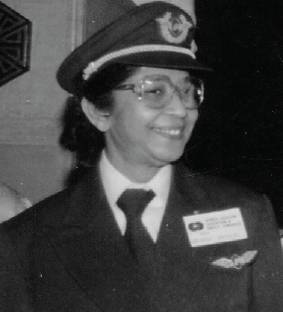 Captain Durba Banerjee.The
young women of India are smart and come from a culture where women held a dignified position in
society.
“Give it to the Indian culture to make it happen and allow them to follow such jobs,” Harpreet A De
Singh
President Indian Women Pilots Association (IWPA) and Executive Director Air India told AEROSPACE.
Captain Durba Banerjee.The
young women of India are smart and come from a culture where women held a dignified position in
society.
“Give it to the Indian culture to make it happen and allow them to follow such jobs,” Harpreet A De
Singh
President Indian Women Pilots Association (IWPA) and Executive Director Air India told AEROSPACE.
Air India, the national carrier, being the only airline in India for decades, set the trend when it operated its first all-women crew flight in 1985 in a Fokker Friendship Flight from Kolkata to Silchar in Assam, a one and a half hour jet flight. Thirty-two years later, on Women’s International Day, Air India became the first airline to fly around the world with an all-female crew. The Boeing 777 flew from New Delhi to San Francisco over the Pacific Ocean. The crew completed a mandatory rest period before flying over the Atlantic back to New Delhi, completing the round-the-world trip.
In 1998, a postage stamp, released to commemorate Indian women in aviation, was a tribute to this imperceptible force that tirelessly strides forward increasing its ilk while bridging the gap towards gender equality. The numbers are telling. Already Air India has the highest percentage of women pilots in the world – over 15%. Budget airline market leader IndiGo has around 13% of women pilots, up from 10% five years ago. Equal pay makes the career attractive, as salaries are based on seniority and flying hours following agreements struck with unions.
While the Covid-19 crisis has virtually brought to a standstill the world’s fastest-growing domestic aviation market, it is likely to move full circle once orders for fleet gather pace and skill shortages in the sector return. The present is proving to be the right time to motivate and carry forward projects, such as those of Lockheed Martin India Innovation Growth Programme that looks to encourage girls from 15- to 18 years of age to consider jobs in aviation when making career choices.
Mentoring is the new mantra in India to encourage girls to enter numerous fields related to aviation. A big effort has been made by the 50-year old (IWPA). “Although we call ourselves the women pilots’ organisation, our membership is open to air traffic controllers, flight dispatchers, engineers, airport managers, skydivers, educators, students – heck, anyone interested in aviation is welcome,” Harjeet said. IWPA engages in educational, charitable and scientific activities to promote aeronautical science and fosters aerospace education among young girls while granting scholarships. It also encourages aero-sport, including gliding, aero-modelling, hang-gliding and microlight flying. Imparting training to women pilots, ground school refreshers, IWPA has also catalogued an aviation library on women.
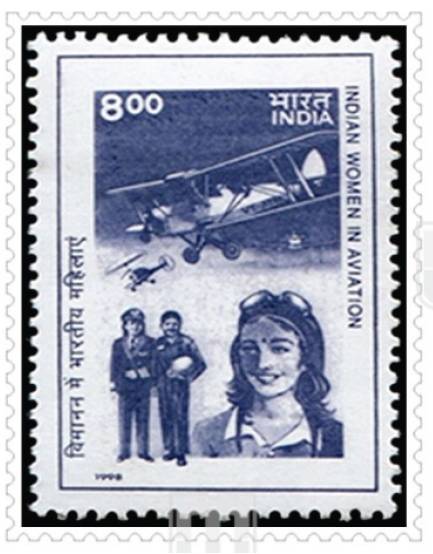 The 1998 Indian postage stamp released to commemorate Indian women in aviation.
The 1998 Indian postage stamp released to commemorate Indian women in aviation.
Harjeet says often the gender bias works against the men too, as women are generally the favourite choice for cabin crew. “This gender ratio too has to be corrected. In Air India we make sure the ratio is somewhat even for women and men at 60:40.”
